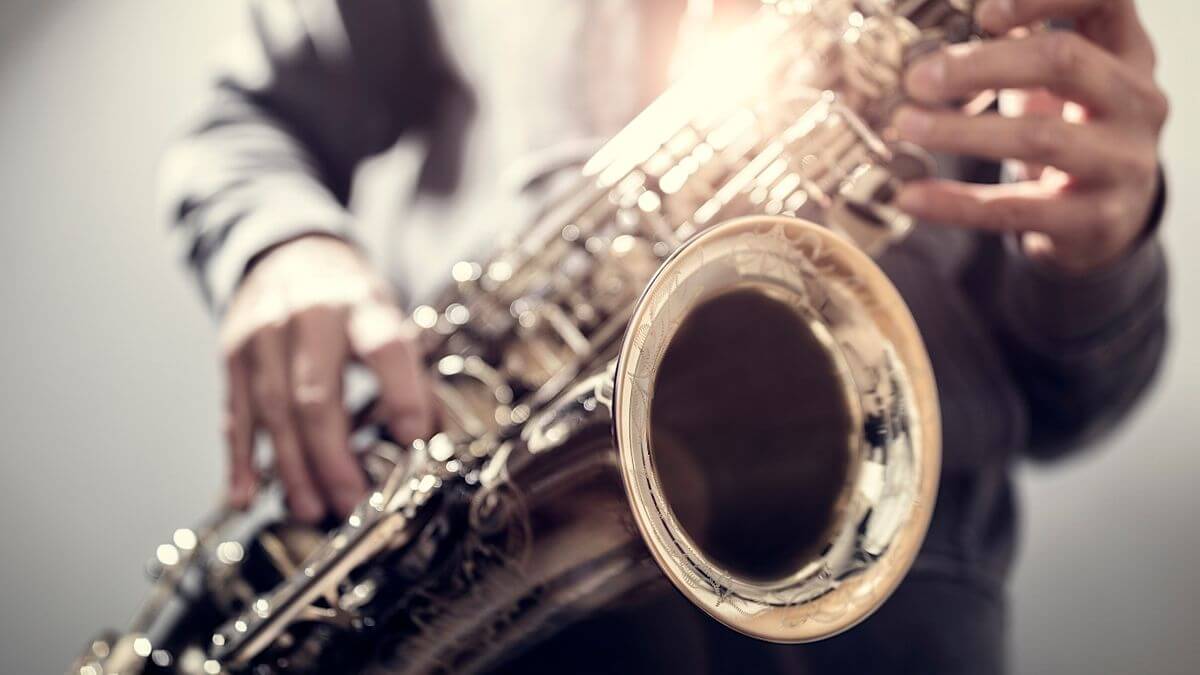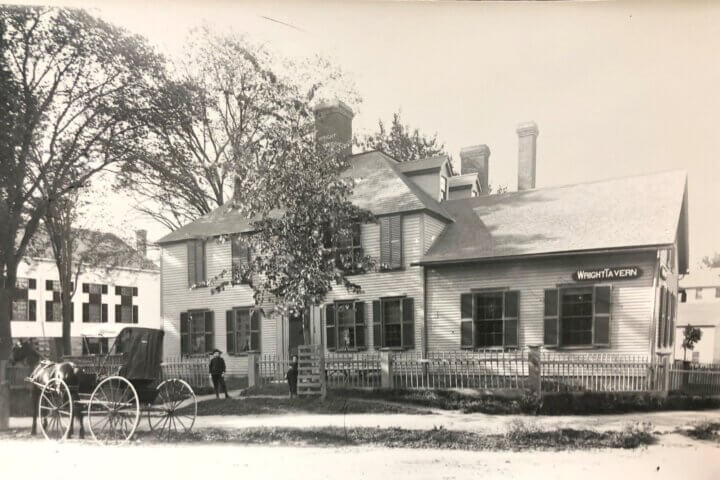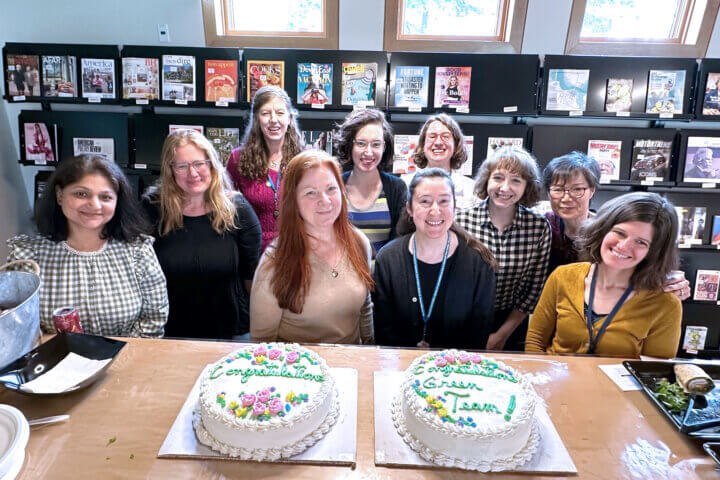This month, the Concord Conservatory dedicates our Listening Project to jazz composer and saxophone legend Wayne Shorter. Shorter was a member of Art Blakeley’s Jazz Messengers, Miles Davis’ Second Great Quintet, and co-founder of the jazz fusion band the Weather Report. He released numerous solo and side projects, earning 12 Grammys and 23 nominations. One of the most iconic jazz composers of the 20th century, Shorter died on March 2 at age 89.
Below is a selection of this month’s Listening Project tracks. This month’s selections focus on jazz. We hope you will join us on March 24 for Boston Jazz Wisdom at 7:30 pm at CCM. Tickets are available at the door or online.
Track 1:
Watermelon Man by Herbie Hancock
Herbie Hancock’s album Headhunters is one of the best-selling jazz albums of all time and a watershed moment for the jazz-funk movement of the 1970s. Listen for how Hancock builds a groove, beginning with tuned glass bottles then layering in organic sounding yet difficult-to-identify electronic sounds. Then the bass enters by itself with an instantly recognizable riff. This is followed by the drums and Hancock comping on the clavinet, which is an electroacoustic keyboard instrument that almost sounds like a guitar. Try to follow the different layers of sound as they come and go throughout this composition! How does the build-up in the intro add to the overall experience of listening to the song?
Track 2:
Autumn Leaves by Cannonball Adderly, featuring Miles Davis
Our next track takes us back to the late 50s and the Hard Bop era of jazz and a unique take on the jazz standard “Autumn Leaves.” The intro to this tune features a vamp–a repeated intro chord progression, here in the bass line—before the straight-ahead groove. At the 9:00 mark, after numerous solos, the music melts back into the opening groove, now heard at a much slower pace, which provides a beautifully somber end to the song. How do these different grooves for the intro and outro add to your overall experience?
Track 3:
Palladium by the Weather Report
For our next selection, we return to the 1970s world of Jazz Fusion. “Jazz Fusion” is a nebulous term, but in general combines electric with acoustic instruments to create a “fusion” of jazz music with rock ‘n roll. Jazz fusion also incorporates styles from around the world, particularly from Brazil and other Latin American countries. A main torchbearer of this movement, Wayne Shorter founded the Weather Report in 1970. Our selection of “Palladium” from their Heavy Weather album also features the immensely talented electric bassist Jaco Pastorius. Though bass traditionally provides the harmonic foundation and the groove of tune, Pastorius’ bass also becomes a lead instrument. Do you hear how the bass fills multiple roles simultaneously throughout this tune? Can you hear other world music influences?
Track 4:
Bubblehouse by Medeski, Martin, and Wood
As you can surely now tell, jazz is a constantly evolving and breathing organism. We take a left turn now with the avant-garde trio Medeski Martin & Wood. Funk, free jazz, blues, and electronic music are woven together throughout their music, and the song on our playlist, “Bubblehouse,” showcases this group’s collective synergy. Listen for the long accelerando to a frantic tempo followed by a ritardando, or gradual deceleration, back into the initial groove. The musicians demonstrate remarkable skill in maintaining the groove as the temp ebbs and flows. Here is an excellent example of three musicians communicating and co-leading a song together.
Track 5:
Sanctuary by Miles Davis
Our final selection is a fitting elegy to Wayne Shorter, his own composition on Miles Davis’ album Bitches Brew (a controversial title stemming from the vernacular use of the term as one of endearment, to describe fellow musicians). This album, one of the greatest of all time, introduced a new kind of raw emotional intensity to the jazz idiom. Note how this track’s sparse, haunting opening unfolds into a passionate wail of trumpet and saxophone at its climax, around 4:15. Listen for Chick Corea’s interjections of electric keyboard throughout, sidestepping the keyboard’s usual support roles to act more like a commentary on what the other players are doing. Can you also hear that there are two separate drummers on this track? What other unusual qualities do you notice?
The Listening Project is made possible with support from the Senkler, Pasley & Dowcett Team.The Concord Conservatory of Music is located at 1317 Main St., Concord, MA. To learn more, visit ConcordConservatory.org





